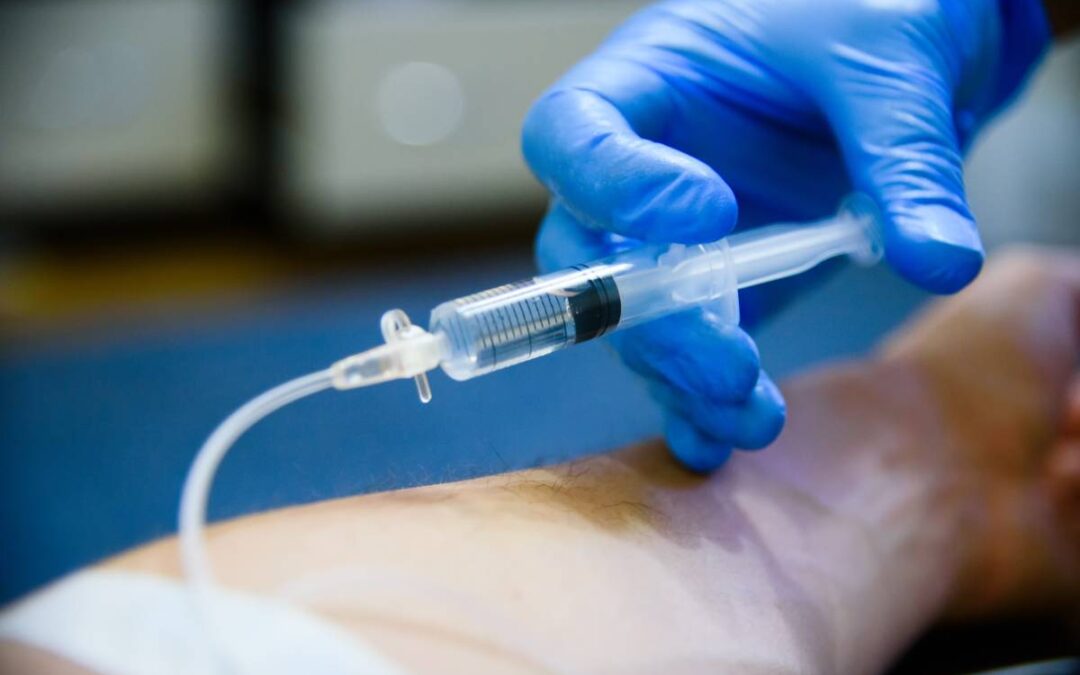The concept of fast-track surgery was introduced in the 1990s to facilitate earlier discharges home and earlier resumption of activities of daily living after surgery [1]. In the world of orthopedics, fast-track surgery has allowed for even more than early mobilization [2]. The ability to provide early oral hydration and nutrition has helped to remove the need for invasive procedures such as urinary catheterization or needle-tube beyond 48 hours postoperatively [2]. Anesthesiologists play a key role in facilitating the quick recovery process that characterizes fast-track surgery, providing rapid emergence from anesthesia while avoiding adverse side effects and early complications that would prolong the hospital stay [1].
The process of delivering anesthesia begins in the preoperative period [1]. In fast-track orthopedic surgery and anesthesia, preanesthetic medication can be given to provide sedation, reduce anxiety, optimize hemodynamic stability, and decrease postoperative side effects [1]. Benzodiazepines, such as midazolam, are the most frequently used preoperative medications [1]. More recently, beta-blockers and alpha-2-agonists have become increasingly popular adjuvants [1]. In addition to their beneficial preoperative effects, they are also associated with decreased postoperative pain [1]. Premedication with the alpha-2-agonist clonidine or dexmedetomidine has been shown to reduce the use of opioid analgesics, as well as decrease postoperative nausea and vomiting [1]. Beta-blockers, such as atenolol, have been linked to a reduction in perioperative cardiovascular events [1]. Evidence suggests that preoperative beta-blockers improve hemodynamic stability during emergence from anesthesia and in the early postoperative period [1].
It is also important to consider multimodal pain management in fast-track surgery, as the goal is for patients to resume daily activities quickly [2]. A study found that preoperative administration of oral acetaminophen and oral etoricoxib are effective medications for pre-emptive analgesia [2]. Oral oxycodone/naloxone can also be considered in the preoperative analgesia plan [2]. Intraoperatively, dexamethasone helps prevent postoperative nausea and vomiting and to reduce joint inflammation [2]. In the first 48 hours after surgery, a combination of IV acetaminophen, Ketorolac, and oral oxycodone/naloxone may be a suitable multimodal approach [2]. After 48 hours, patients should continue multimodal oral therapy for pain control [2].
Pharmacologic therapy can be combined with local infiltration analgesia (LIA) for even better perioperative pain management in fast-track orthopedic surgery and anesthesia [2]. During LIA, high volumes of long-acting local anesthesia are injected into a joint and into the surgical incision site at the time of wound closure [2]. LIA allows for early patient mobilization and a dramatic reduction in opioid administration, facilitating rapid recoveries and shorter hospital stays [2]. LIA is considered a simple and safe procedure for analgesia in the early perioperative period [2].
The introduction of fast-track surgery in orthopedics has proved to be beneficial [3]. In a 2021 meta-analysis examining patients undergoing hip fracture surgery, the researchers found that fast-track orthopedic surgery and anesthesia techniques significantly shortened the hospital length of stay, reduced hospitalization costs, and even improved hip function [3]. Furthermore, the incidence of complications (e.g., infections, venous thromboembolism, pressure sores, and constipation) was also decreased substantially [3]Given that there are no unified standards for fast-track orthopedic surgery, a patient-centered approach is necessary to deliver effective anesthesia [3]. Due to individual differences of every patient, fast-track surgery techniques should be adjusted clinically to ensure positive outcomes [3].
References
- White, P., Kehlet, H., Neal, J. et al. (2007). The role of the anesthesiologist in fast-track surgery: from multimodal analgesia to perioperative medical care. Anesthesia & Analgesia, 104(6), 1380-1396.
- Caparrini, C., Miniati, I., Ponti, M., & Baldini, A. (2017). Perioperative pain management in fast-track knee arthroplasty. Acta Bio Medica: Atenei Parmensis, 88(Suppl 2), 139.
- Jiang, M., Liu, S., Deng, H. et al. 2021). The efficacy and safety of fast track surgery (FTS) in patients after hip fracture surgery: a meta-analysis. Journal of orthopaedic surgery and research, 16(1), 1-24.





Recent Comments